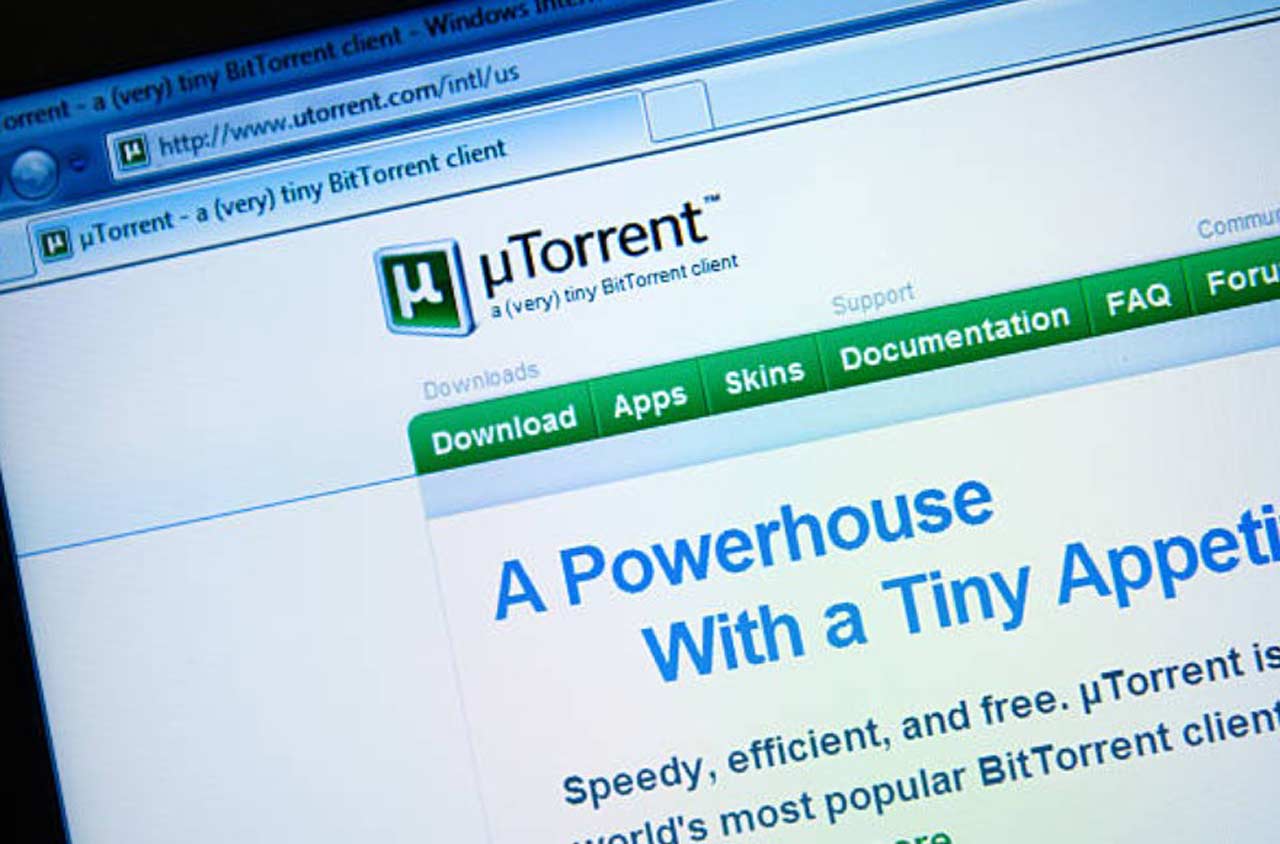Torrenting has become a widely-used technique for sharing and acquiring files online, but it operates quite differently from conventional downloading methods. Rather than obtaining a file from one specific server, torrenting enables users to download and exchange fragments of the file simultaneously from various sources.
This method relies on a peer-to-peer network, which enhances the speed and efficiency of file sharing. In this article, I will delve into the concept of torrenting, the reasons behind its popularity, and how to engage in torrenting securely.
How do torrents function?
When you typically download a file, you connect to a single server that hosts the entire file. You send a request to that server, which then responds with an HTTP reply, transmitting the file directly to your device until the transfer is complete. Multiple users can access the same file at once, and each download operates independently of others—this is known as the client-server model.
In contrast, torrenting employs a peer-to-peer system for file transfers. Instead of acquiring a file from one source in a continuous flow, torrenting divides the file into smaller segments that can be quickly shared among peers in what is referred to as a “swarm.” Each participant in this swarm contributes by uploading and downloading different parts of the file at the same time. Unlike the client-server model, where download speed is constrained by the server’s upload capacity, every peer in the swarm can utilize their full internet bandwidth to share the file.
This approach significantly accelerates the distribution of files among users and enhances the robustness of the process. For instance, if a server fails while multiple users are downloading a file, those who haven’t finished will have no way to complete their downloads—even if another user possesses the entire file.
With torrenting, even if no single user in the swarm holds the complete file, as long as all parts are available from various peers, those segments will continue to be shared within the swarm until everyone obtains the entire file.
To start downloading files via torrenting, you’ll need a BitTorrent client. This software manages both downloading and uploading of torrent files. A torrent client connects you to the P2P network, enabling you to locate and engage with other peers who have the desired file. It also handles the intricate process of gathering pieces from different sources and piecing them together to deliver a complete and usable file to you.
Moreover, torrent clients facilitate the process of uploading, allowing you to share segments of a file with others once you’ve completed your download. This sharing aspect is vital for sustaining a robust torrent ecosystem. Some clients even offer the ability to stream video files by prioritizing the download of sequential parts, blending the advantages of the torrent protocol with the ease of on-demand streaming.
After setting up your torrent client, the next step is to locate something to download. A torrent file contains essential metadata needed for downloading, including file names, sizes, and organization, as well as information about servers that can provide a list of peers to connect with. Alternatively, Magnet links serve the same purpose but in the form of a lengthy hashed string instead of a traditional file. This method allows for direct downloading of the torrent without requiring an additional file. You can input either option into your torrent client, and the main distinction lies in user convenience.
Once you’ve loaded either the torrent file or Magnet link into your client, it will start importing the necessary metadata and reach out to other peers within the network to retrieve your file. As you connect to a peer swarm, you’ll observe that peers fall into two groups: seeders and leechers. Seeders possess the complete file and make it available to others, while leechers are those in the process of downloading.
As you acquire pieces of the file, you simultaneously become a seeder for those segments, thereby enhancing the network’s health. A thriving torrent typically has a significant number of seeders, which ensures that the file remains accessible for downloading.
The decentralized aspect of torrenting makes it considerably more challenging to eliminate access to a file through denial of service or legal interventions. This is partly why some users share copyrighted materials via BitTorrent, such as films and video games.
Although torrenting has garnered a negative reputation for being associated solely with illegal content access, this perspective is not entirely accurate. Torrenting proves to be highly beneficial when it comes to downloading large community-driven files.
For instance, individuals eager to support an open-source project but lacking the time or expertise to contribute directly to coding may choose to assist developers in reducing hosting expenses by joining a torrent swarm. This method is employed in the distribution of many Linux disk images, enabling development teams to allocate their limited resources to other areas beyond hosting costs.
Drawbacks of Torrenting
The decentralized aspect of torrenting necessitates careful consideration before utilizing the software. A key point to note is that your IP address is exposed to anyone else sharing the same torrent file.
This visibility can disclose your approximate location, allow for tracking of your online behavior, and create vulnerabilities for hackers seeking to infiltrate your device. By participating in a torrent swarm, you essentially broadcast to the world that you are downloading a particular file.
Copyright owners and anti-piracy groups frequently keep an eye on torrent networks to catch and take legal action against those who download or share copyrighted material unlawfully. In light of this, scammers may issue bogus legal threats to anyone they suspect is torrenting, demanding payment under the threat of litigation. To enhance your privacy and protect yourself from such deceitful tactics, it’s advisable to utilize one of the top VPN services available in 2025. A VPN conceals your IP address and encrypts your online activity, adding an essential layer of security and privacy. This significantly complicates efforts by others to monitor your internet use or determine your location.
Moreover, a VPN can also be beneficial if you’re concerned about your internet service provider (ISP) throttling your torrenting activities. Since torrenting involves transferring substantial amounts of data, keeping torrents active can consume a large chunk of your internet bandwidth, which may lead to reduced connection speeds, particularly during online gaming sessions.
If you’re using an internet service provider (ISP) that has a data cap, going over your bandwidth limit from heavy torrenting could lead to extra fees or reduced internet speeds. ISPs frequently monitor for torrenting activity and may throttle it, irrespective of your actual bandwidth consumption. However, employing a VPN can mask this type of traffic, making it significantly harder for your ISP to unjustly slow down your connection.
That said, there are some torrenting challenges that a VPN cannot address. The ability to download torrents successfully is largely dependent on the popularity of the file. Torrenting requires a complete copy of the file to be accessible. Files with low popularity might have very few or no seeders, which can hinder your ability to download them. If all peers in the swarm cannot create a full copy, downloading will be impossible. Before initiating a download, it’s wise to verify the number of seeders to confirm that the file is being actively shared and has a higher chance of successful completion.
Moreover, just because a file is widely sought after doesn’t guarantee its safety. The nature of torrents makes them difficult to regulate, allowing malware creators to spread harmful viruses disguised as copyrighted content like games and software. Always source your downloads from trusted sites and pay attention to user reviews and comments for any warning signs.
Worse yet, certain BitTorrent clients may introduce adware or malware onto your device. To safeguard yourself, opt for well-established and reputable torrent clients, and ensure your antivirus software is current. Utilizing antivirus or VPN services with real-time malware protection can help identify and eliminate potential threats before they inflict damage, enhancing the safety of your torrenting activities.
Conclusion
When everything operates smoothly, torrenting offers an excellent method to minimize hosting expenses while ensuring that public domain files remain accessible to everyone. Nevertheless, engaging in torrenting can potentially lead to legal repercussions from both legitimate and illegitimate entities if you’re not cautious about your downloads.
To enhance your safety, it’s advisable to use a VPN when torrenting to protect your actual IP address from hackers.
Frequently Asked Questions
Is torrenting against the law?
Torrenting itself is not illegal. While some Internet Service Providers (ISPs) may restrict or obstruct torrenting traffic, the protocol is legal to use. However, sharing copyrighted material through torrenting is prohibited in many regions.
When you engage in torrenting, you’re not only downloading content but also sharing it with others. Consequently, torrenting illegal materials could result in more severe penalties compared to simply downloading them.
What are the consequences of being caught torrenting?
If your ISP detects your torrenting activity, it may reduce your internet speed since this protocol consumes considerable bandwidth. However, your ISP cannot terminate your connection entirely since torrenting is not illegal.
On the other hand, if you are caught downloading or sharing copyrighted content, you might receive anything from a warning from your ISP or the copyright owner to fines or even legal action.
Which VPN is ideal for torrenting?
The optimal choice is a VPN that offers fast servers, a wide range of locations, and port-forwarding capabilities across most of its servers. It’s also beneficial if the provider explicitly endorses torrenting. If you’re uncertain about which VPN to choose for torrenting, consider visiting our guide on the top VPNs for this purpose.








